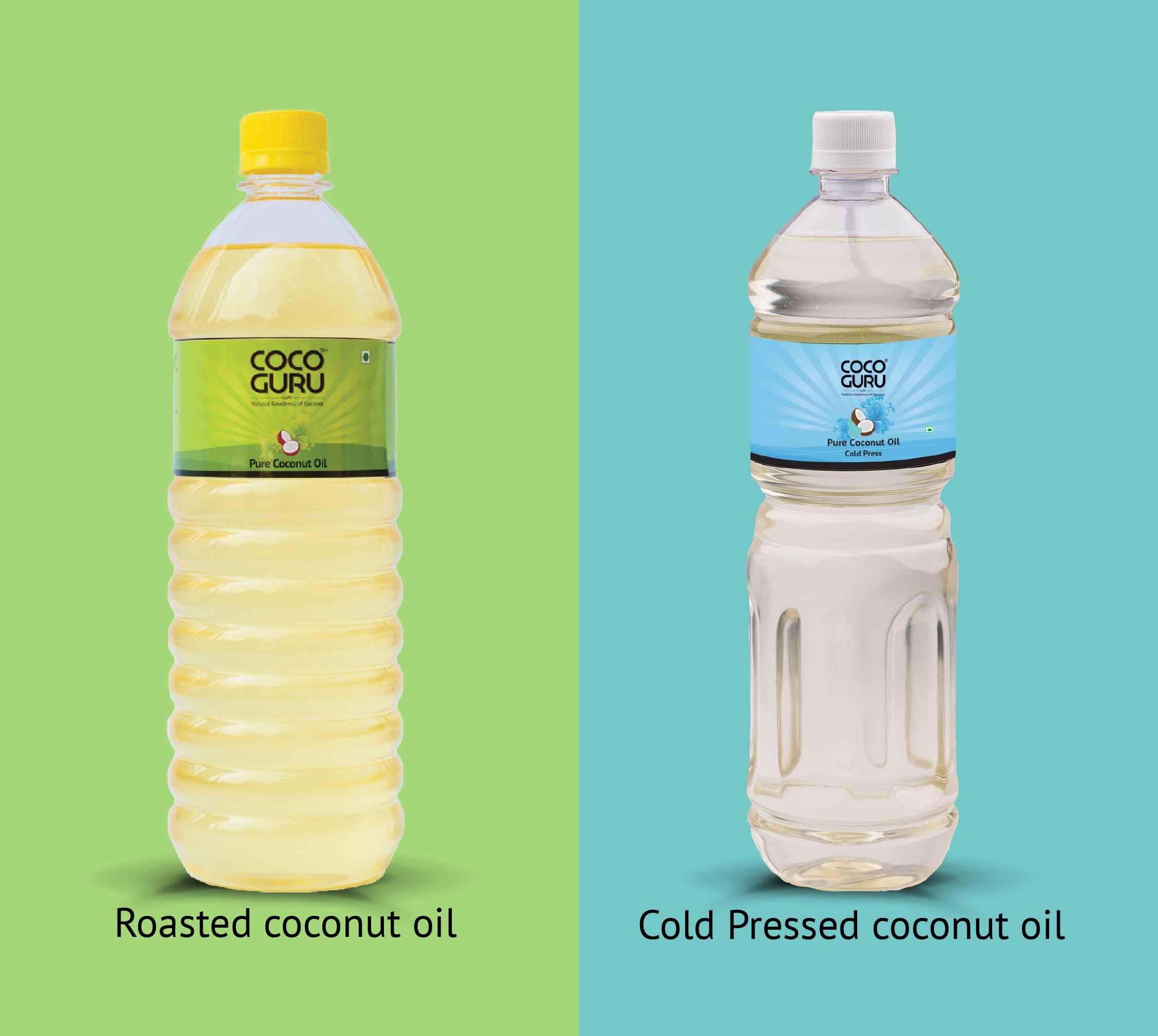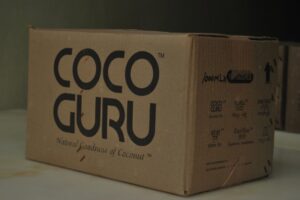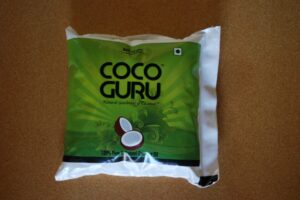Cocoguru has now grown to a 25 member organization, with immediate plans to increase the size to 35. When it started operations a year ago, it was about selecting whoever was willing to work with us, without regard to their skills and attitude. We were lucky to get a few good people, and few of them were groomed to be disciplined and develop a sense of ownership towards their roles. Now, with the base set, we will select more people selectively. In this post, I discuss about my experiences/frustrations with those selections and expectations from candidates. It is a mighty challenge to get good people to work for a startup especially in a rural area.
Preparation
In the job advertisements, we would mention the company name, address, working location, vacancy position, qualification, contact details, few times salary range also. Candidates will do well to observe the details carefully before applying. Rather what we see is that they apply blindly and then back out during later stages of selection process due to the very facts already disclosed to them. Good candidates visit the website, find out the company’s product offerings, perform background checks with references, sometimes with existing employees, visualise themselves working here for a long term.
The classic opening question
The job market has tilted so decisively towards sellers i.e. employees that they start calling the shots. This is how a conversation begins
Candidate – “Is this Cocoguru?” (Many times they don’t even bother to pronounce the name)
Me – “Yes, Sir”
Candidate – “You have advertised for a vacancy, right?”
Me – “Yeah, Right”
Candidate – In either a disinterested tone or rude tone, he then asks “What is the salary?”!!!
Me – Unhappy that the discussion is entirely off-direction, I ask “How much do you expect?”
There goes the conversion meaninglessly, each one trying to defend his ego and finally ending the conversation in a bitter manner. The classic opening question leads to an immediate conclusion.
In my theory, money is not everything as it is made out to be. It is merely a currency of “value”. Businesses should make good profits to reflect the value they create to its customers. Employees should take home good salaries for doing a valueable work for the company. Focus should be on creating value and money will follow.
In the above example we have seen how bad the conversation went. Instead it could be much more fruitful, if it went in the following lines
Candidate – “Hello, my name is Vaibhav, I saw your advertisement in today’s Suddi Bidugade, and I am interested in applying for the position of Sales Executive”.
Me – “Okay. Good. Tell us more about yourselves.”
Candidate – “I am from Sentyar, a B.Com graduate, having 6 years of experiece in Line Sales, last 4 years with Dash Marketing Agency selling ITC cigarretes in and around Puttur, Sullia and Subramanya.”
Me – “Why do you want to leave your present job, when it is so easy to sell cigarretes where demand is more than supply that too for a brand like ITC?”
Candidate – “I am liking my job as it is giving me opportunities to meet new people and I have developed good relations with a few retailers. I am only looking for better prospects.”
It would be blunder to say something like “Cigerrate is injurious to health, but Coconut Oil is good for health.” Because we know, you are looking to change for your own benefit and not for our benefit or that of people’s health at large. It will only prove that you are lier.
Me – “How do you plan to increase our sales?”
Candidate – “Sir, what is your present distribution setup? What places do you cover?”
Here, the candidate has not only given a overview of himself, but also has shown keen interest to know more about the company and the job he is going to do.
Brain Drain
Dakshina Kannada is a district that has so many bright talents and great educational institutions. So many top ranks in SSLC, PUC, CET etc go to them. Result percentage is also highest perennially in Dakshina Kannada. But they migrate to cities like Bangalore, Mumbai, Pune, Gulf and America. For all the talent they have, they are happy to work for someone outside. They don’t take risk to build a dream company at home or work for someone who wants to build such a company here (read Cocoguru 
Influence
Influence from a well known person may help get a job in government sector, where performance and results don’t matter. Some candidates who are otherwise not worthy of the job, try to have influence in their selection. Will that influential person be responsible for what the candidate delivers in the job? No, rather he threatens us with negative consequences when he is not selected.
Fixed Salary, Routine Job
Since we have only seen the candidate once and at most had an interview. It will be difficult to determine his worth for the company. So, we place him on probation for a lesser salary, with the intention of increasing it to generous levels once he proves him selves and is made permanent. Even once he is permanent, there will be periodic Appraisals to review his performance and salaries will be increased inline with his performance. Sadly, the candidates don’t think long term, they only compare the salary during probation and assume it to be his lifelong income. Similarly, he has fixed his skill set to what he has acquired till now, without any aim of acquiring new skills on the job. He comes to office with the intention of performing routine jobs where Standard Operating Procedures (SOPs) are defined. Anything beyond the routine takes him completely off-guard.
Office Work vs Field Work
The number of enquiries for office work like Accounting far exceeds that of field work like Sales. Logically, hard work gets paid lot more than easy work. A sales man when he exceeds his targets gets more money in the form of commission. An accountant can at best get his annual bonus on superior performance. When we opened our factory last year for operations, about 50 ladies from nearby areas walked in looking for easy packing kind of jobs under a factory roof. They were willing to work for as low as 80 Rupees per day. The same people are not willing to work in a nearby farm for 250 Rupees a day. Not only about the nature of work but it is also a question of their prestige. They perceive Factory job to be a lot more prestigious than agricultural or household work.

 Our new factory at Kallarpe (Aryapu Village, Puttur) manufactures Roasted Coconut Oil. Our new customers have instantly liked it because of its enhanced aroma and taste. But our Old customers who have used Cold Pressed Coconut Oil manufactured from our old factory at Parladka (Puttur) have various kinds of doubts about it. I seek to clear those doubts here.
Our new factory at Kallarpe (Aryapu Village, Puttur) manufactures Roasted Coconut Oil. Our new customers have instantly liked it because of its enhanced aroma and taste. But our Old customers who have used Cold Pressed Coconut Oil manufactured from our old factory at Parladka (Puttur) have various kinds of doubts about it. I seek to clear those doubts here.

 Solution
Solution